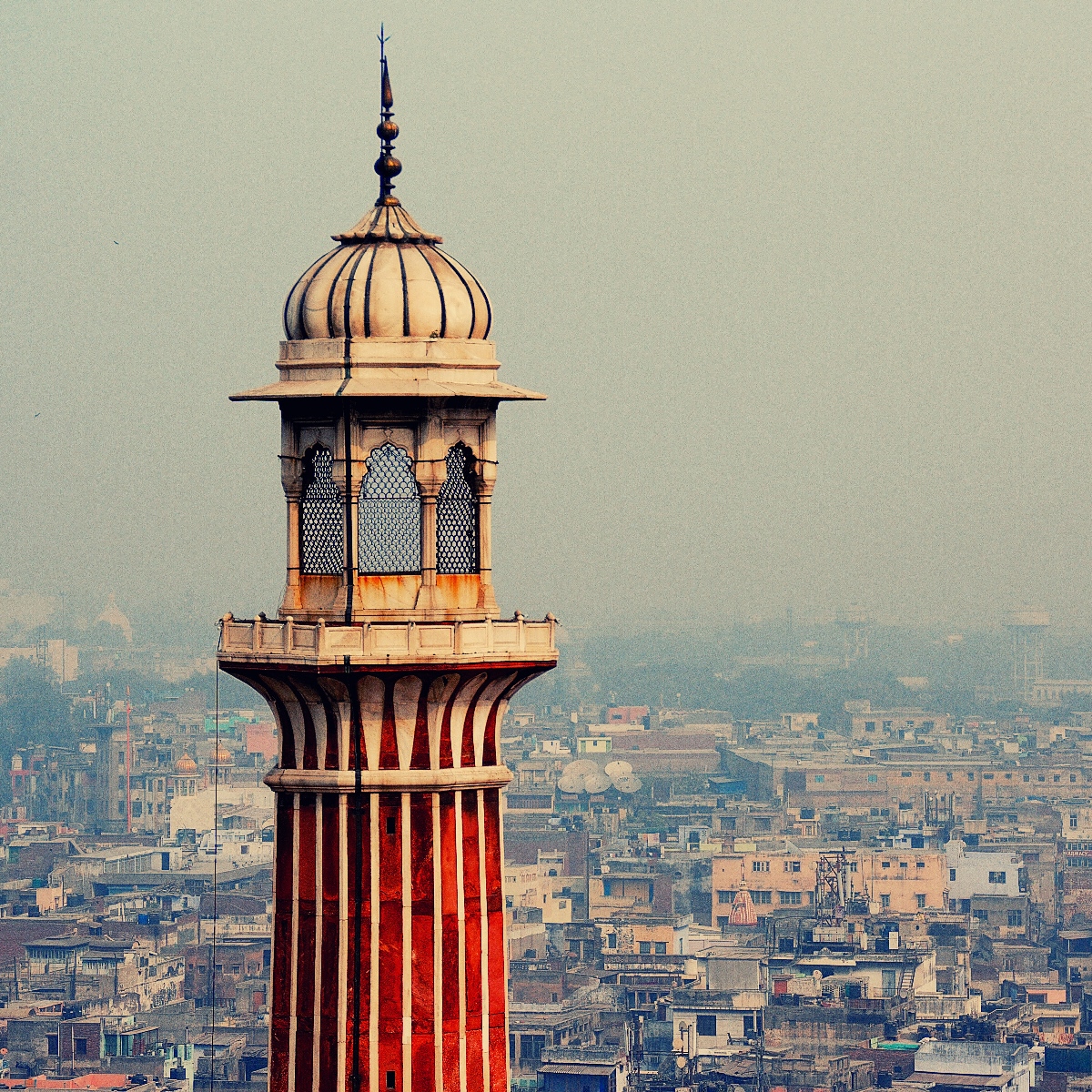Investing
Why India May Be the Best Place for Investors in 2018 and Beyond

Published:
Last Updated:

It is no secret that major U.S. stock market indexes have hit new highs. The Dow Jones Industrial Average is up over 20% so far in 2017, and the S&P 500 was last seen up about 18%. Economic growth has picked up steam in the United States, and the international growth story has been picking up as well. Investors have even embraced many of the world’s top emerging markets in 2017. The major US stock indexes have basically tripled from the crush-depth panic lows seen in 2009, and many investors are now looking out in 2018 trying to decide where they should be investing for growth and income in the years ahead.
Everyone knows that investors will pay up to chase growth, and it is quite possible that India might be one of the best growth stories in the world for 2018 and beyond. BRIC investors (Brazil, Russia, India, China) have had a harder time securing the same gains in recent years as in prior ones. After a major house-cleaning episode by India’s current regime, India is currently projected to have the best GDP growth trajectory of all major emerging markets for 2018 and 2019. If this comes to pass, it may offer strong support and set the stage for strong interest for investing in India. It is quite possible that India might offer the strongest footing for investors as they try to figure out where to place their investment money as 2017 fades away into 2018.
Before getting carried away on upside dreams, note that there are some serious issues and risks in India compared with some other emerging and developed economies. India may have a growing middle class, but there is massive inequality that leaves hundreds of millions of people on the very bottom. India’s governmental changes have also been severe, often killing or hindering the growth opportunities that had previously been expected. The semi-recent effort to eliminate large currency denominations came with pain. India still has a massive problem of poor (or nonexisting) infrastructure, and many of India’s major cities simply have no real-world fixes for the overcrowding, packed roads and transportation systems and the lack of sanitation. All these create serious opportunities for investors once you get past the risks and problems.
There are more than just the obvious problems to consider. The current belief is that India is close to halfway through its wide-reaching economic and institutional reforms. Some of the reforms remain in their planning phases, but a recapitalization of the banks and other efforts are creating a back-to-business attitude again. These include productivity gains, a return of foreign and domestic investments, and a rise in India’s competitive position compared to other nations.
A recent goods and services tax hopes to help by removing barriers to trade, and recent efforts to address many older bad debts and nonperforming loans are expected to assist in the growth. Other issues that the markets and economy have to look forward to are land reforms and labor market reforms.
24/7 Wall St. has taken several views on India here, for investors considering what to do with their money. We have taken freshly published synopses from credit ratings agencies, international quasi-governmental agencies, and brokerage firms for their views on India’s growth prospects from 2017 to 2019. We have also included snapshots and outlooks for the major exchange traded and closed-end funds tracking India, as well as looked at the top American depositary shares (ADSs) for Indian corporate giants that trade on major U.S. exchanges.
The CIA World Factbook is a key source for some basic economic and demographic data. It estimated that the population in India was 1.28 billion in mid-2017, and its population is a true melting pot of cultures, languages and religions, with a median age of just under 28 years old. India’s GDP for 2016 was estimated as $8.7 trillion, giving it the fourth-highest ranking in the world. GDP growth was 7.1% in 2016, 8.0% in 2015 and 7.5% in 2014. Still, the latest GDP per capita was just $6,700 in 2016 and $6,300 in 2015, and the population under the local poverty line remains close to 20%. India’s central bank also holds more than 557 tonnes of gold, ranking 11th in the world, but only about one-fourteenth of the United States in the pole position.
India’s general government debt was roughly 68% of gross domestic product in 2016, but India has managed to lengthen the average maturity of its total debt to about 10 years. Also worth noting is that most of that debt is now owed to domestic investors (institutions and individuals) and that debt is largely denominated in rupees rather than in dollars.
Thank you for reading! Have some feedback for us?
Contact the 24/7 Wall St. editorial team.